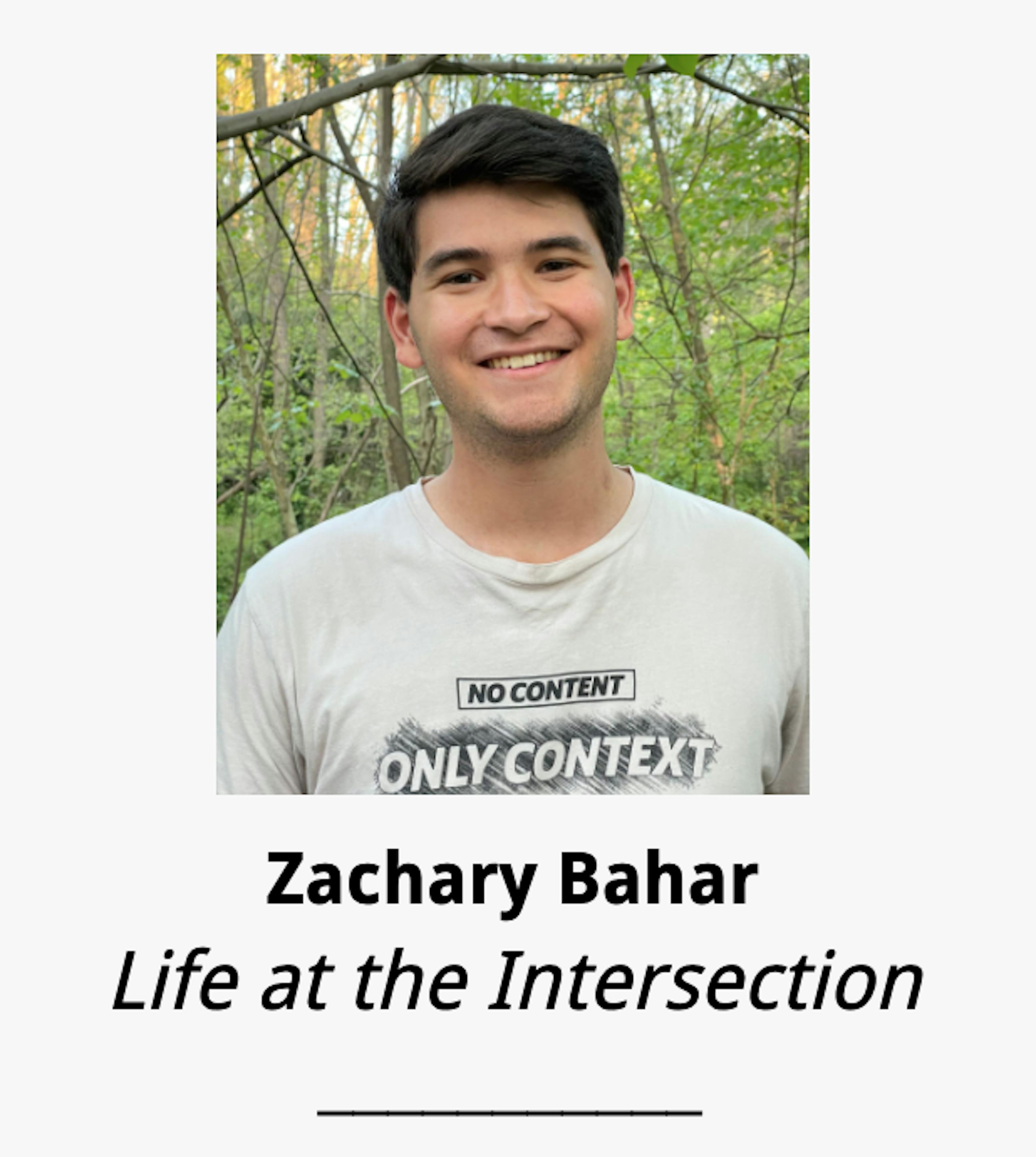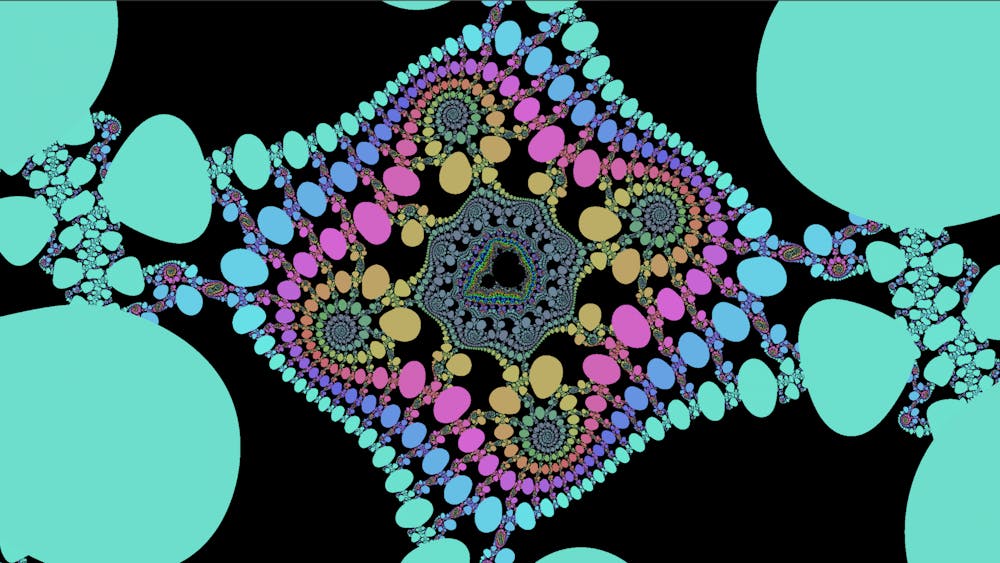
When asked what my majors are, I often hear the same response: “Interesting.”
While I agree that Hebrew Bible and Mathematics are interesting, there are two very different connotations to that word: 1) “I’m genuinely interested in what you’re learning and would love to hear more about it,” and 2) “Why are you studying that? What do you hope to gain from it?”
Among certain populations at Hopkins, the second is vastly more common.
I don’t mean to overgeneralize. Many of my peers see the appeal of studying two drastically different fields and do the same, but I also know I’m not alone for feeling like the “token humanities kid” — to the extent that some of my first Hopkins friendships were formed on the sole basis of studying the humanities.
Former The News-Letter staff writer Meghana Ravi echoed this sentiment in her commencement column saying “when talking to family, friends or relatives, my performance in math and science were always praised, while my performance in English or other humanities classes were often made incidental.”
While my experiences are distinct, I often hear students complaining about having to take writing-intensive courses or poking fun at the grading systems in classes like Introduction to Fiction and Poetry, which are largely based on completion. I dare anyone who argues that the humanities have a lighter workload to read hundreds of pages on ancient Israelite religion, Assyrian vassal treaties, Shakespeare or Hemingway in a week’s time while balancing other classes, social life and self-care.
Yet, I have received the same comments from fellow humanities students who find the combination of religion — often satirized as the least logical and rigorous field of all, hence not worthy of intensive scholarship — and mathematics to be bizarre.
I've heard jokes about how long it would be until I dropped math and religious studies to focus on something more substantial, whether that was swapping the Bible for something more 'proper' like classics or history, or pure math for something that had a clear path towards a high-paying career, like Applied Mathematics and Statistics or Physics. While I laughed along, I was scarred by these remarks.
I am shaped by the humanities, by my faith and the traditions that it emerges from; I am shaped by mathematics, by the scientific method and the rigorous use of logic that underpins it.
While I understand the dichotomy between STEM and humanities, I believe it is deeply flawed. While often taught as practical affairs, science — mathematics in particular — is a work of art.
In his classic book Journey through Genius, writer and mathematician William Dunham writes that “it was not its worldly utility that led Euclid or Archimedes or Georg Cantor to devote so much of their energy and genius to mathematics. These individuals did not feel compelled to justify their work with utilitarian applications anymore than Shakespeare had to apologize for writing love sonnets instead of cookbooks or Van Gogh has to apologize for painting canvases instead of billboards.”
Dunham continues to state that in the study of great mathematical theorems and proofs, one finds that “there will be not only a sense of awe that comes from appreciating the greatness of others but also a personal satisfaction that one can, indeed, comprehend the work of a master.”
While I will never be among the Eulers, Bernoullis, Newtons or Noethers of the mathematical world, I can hope to appreciate the beauty they discovered out of love and devotion to their craft. Finally understanding (or writing) a proof is an enriching experience. Painful? Undoubtedly, but it brings with it joy and delight at the connections that are drawn.
British philosopher and mathematician Bertrand Russell summarized the mathematical world as one possessing “not only truth, but supreme beauty—a beauty cold and austere, like that of sculpture, without appeal to any part of our weaker nature, without the gorgeous trappings of painting or music, yet sublimely pure, and capable of a stern perfection such as only the greatest art can show.”
Over the summer, I read Virginia Woolf’s Mrs. Dalloway. It was my first foray into modernist literature and painfully difficult to enter. I felt disconnected from the world of 1920s London, and I was unable to process the litany of characters the narrative would pass through. Yet, as I pushed through, I found myself anticipating shifts in perspective and finding meaning in the details — ultimately rejoicing in the final moment: “‘It is Clarissa,’ he said. For there she was.”
The feeling I had placing down Mrs. Dalloway is not the same as what I felt when I set down my pen after a proof, nor are either the same as when in a religious space. However, each draws lines to something greater: a narrative arc and profound symbolism of a novel, the logical structures illuminated by formal proof, the ability to, in the words of Rabbi Abraham Joshua Heschel, “betake ourselves to the extreme opposite of the ego, to behold a situation from the aspect of God.”
To me religion and mathematics aren’t just interesting, they are integral parts of my identity and my understanding of the universe. By peering through both eyes and grasping with both hands the dual pillars of logic and faith — though contrasted as opposites — my fluency in each is augmented by the other, balancing contradictions, finding beauty and wonder.
Ultimately, the sciences and the humanities jointly guide me and many others to appreciate the wonder of creation. As Heschel stated, to “feel the ultimate in the common and the simple; to feel in the rush of the passing the stillness of the eternal.”
Zachary Bahar is a sophomore from Evanston, Ill. majoring in Near Eastern Studies and Mathematics. Life at the Intersection will investigate the merger of sciences and humanities at Hopkins and showcase the people who work and live therein.





